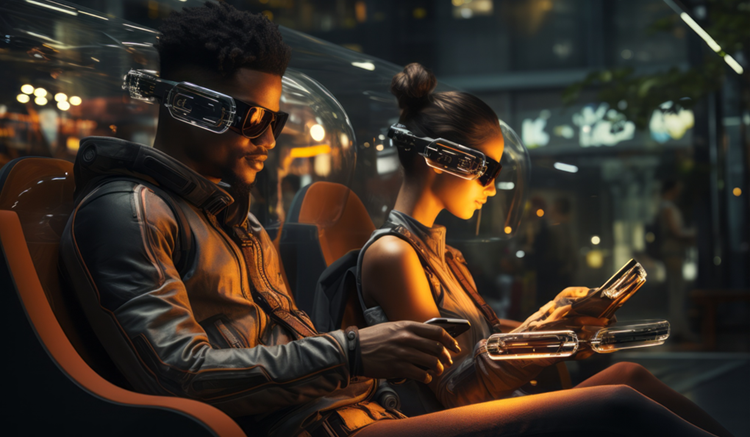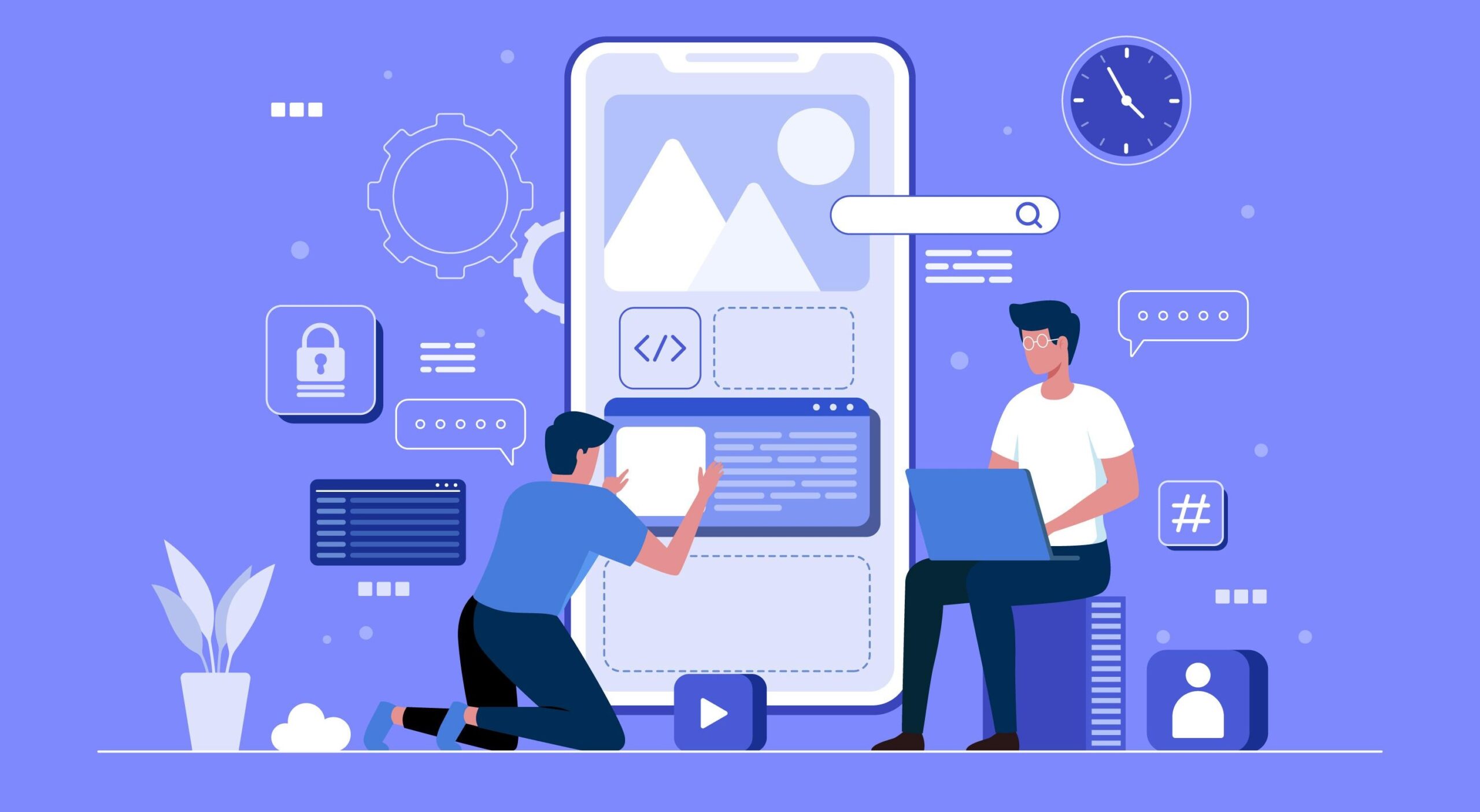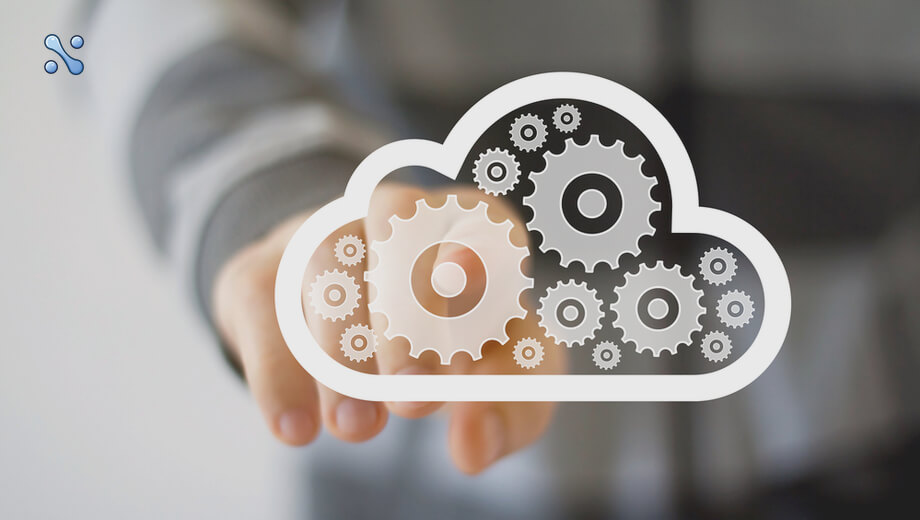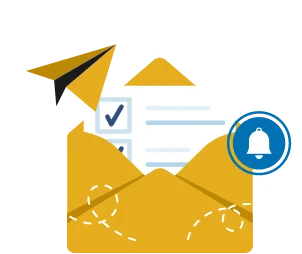“Always be one step ahead of the customer”–this adage has always been the bedrock of quality customer interactions.
Though it was a bit unrealistic a decade ago, today’s online businesses can adhere to this fundamental rule of customer service. All that is required is for your website to incorporate automated personalization algorithms.
In this article, we’ll deconstruct the terms ‘customization’ and ‘personalization,’ discuss the data used to personalise experiences, and demonstrate how website personalization can help your business succeed.
Personalization and Customization
We frequently see the two terms – customization and personalization – used interchangeably, and thus feel the need to define them at the outset.
Website personalization is an umbrella term that refers to the processes and outcomes of tailoring digital experiences to each customer’s unique needs and interests based on collected user data.
Your website can collect this data in two ways: by directly requesting it from a user or by passively observing a visitor’s website interaction patterns. In the first case, explicit personalization (or customization) is used; in the second, implicit personalization is used.
In this sense, customization is a subset of personalization. It predates implicit personalization and is still widely used online: you may recall social media websites such as Twitter asking you to specify your location and follow topics of interest to help personalise your timeline.
Implicit personalization is a more recent and complex form of website personalization, which is why I’ll discuss it in greater detail.
Inherent personalization produces remarkable results
Because implicit personalization does not rely on direct visitor input, the likelihood of this type of personalization being accurate may appear to be lower than that of explicit personalization.
Nonetheless, our experience demonstrates that sophisticated implicit personalization mechanisms have the potential to anticipate a customer’s needs even better than the customer does.
This can occur as a result of the two types of data collected by personalization algorithms:
Personalization Advantages
Directly entered data, contextual data, and behavioural data, or a combination of all three, shed light on the visitor’s situation–and your website gains the ability to offer timely and highly relevant personalised incentives.
Incentive messages can take the form of pop-up messages, push notifications, information banners, and other user interface elements.
When properly implemented, such customised incentives can help you empower your online business and reap the following benefits.
Improved Engagement
If a website can provide customers with more of the content they enjoy interacting with, it’s natural for user engagement to increase.
For example, if a visitor has viewed all of your website’s demo videos and then receives a pop-up message or push notification about a newly published demo, the likelihood that they will click and proceed to the demo is extremely high.
Human Behaviour
The purchases a customer has made on your website, the pages they have viewed, and the type of content with which they prefer to interact.
With this data, your website can learn about your customers’ likes and preferences and tailor their digital experience to increase engagement.
Contextual Information
The search term or advertisement that brought a visitor to your website, the page they landed on, and the search they conducted while on your website.
All of this contributes to the creation of a ‘context’ that enables your website to comprehend the visitor’s current intents and needs – and direct them directly to the information they seek.
Improved Engagement
If a website can provide customers with more of the content they enjoy interacting with, it’s natural for user engagement to increase.
For example, if a visitor has viewed all of your website’s demo videos and then receives a pop-up message or push notification about a newly published demo.
The likelihood that they will click and proceed to the demo is extremely high.
Higher Conversion Rates
“Browsing weariness” is a term WE’ve encountered and heard others use when discussing their experiences with large online retailers.
Most likely, your prospective customers would gladly make a purchase with you, but they’ve grown tired of searching for the item they’re looking for.
To assist your customers, you can add a dynamic “Just for you” menu section or dynamic banners. Both will display only the items that a customer would find interesting based on your website’s personalization algorithms.
Increased Customer Satisfaction
At Neuronimbus, user experience experts develop an intricate website personalization strategy for each client to ensure that all personalization efforts benefit users and result in their satisfaction.
In the long run, these emotions translate into general satisfaction with your services and brand loyalty.
Conclusion
When you provide care and assistance to your customers through a professionally personalised digital experience, you make a concerted effort to keep them on your website and productive.
Their productivity directly correlates to your revenue, this is a win-win situation.
Whether you’re already committed to making website personalization work for you or have some remaining questions, feel free to contact our team.
FAQs About Website Personalization
Q. What is Website Personalization?
A. Website Personalization is the process of creating customized experiences for visitors to a website. It tailors the site’s content to individual users’ needs and interests based on collected data.
Q. How Does Website Personalization Differ from Customization?
A. While customization involves users explicitly providing data to tailor their experience, personalization often involves the site implicitly adapting based on user interactions and behavior.
Q. What Types of Data are Used in Website Personalization?
A. Data used includes directly entered information, behavioral data (like page views, purchases), and contextual information (like search terms or landing pages).
Q. How Does Implicit Personalization Work?
A. Implicit Personalization analyzes user behaviors and contextual information to predict and meet a user’s needs, often more accurately than what the user might explicitly request.
Q. What are the Advantages of Website Personalization?
A. Key advantages include improved user engagement, higher conversion rates, and increased customer satisfaction, leading to stronger brand loyalty.
Q. How Does Website Personalization Improve Engagement?
A. Personalization enhances engagement by presenting users with content they are more likely to find interesting and relevant, based on their past interactions with the website.
Q. Can Website Personalization Lead to Higher Conversion Rates?
A. Yes, by reducing “browsing fatigue” and directly presenting users with products or content they are interested in, personalization can significantly increase conversion rates.
Q. What Role Does Contextual Information Play in Personalization?
A. Contextual information helps in understanding the user’s current intent and needs, allowing the website to direct them more effectively to the desired information or products.
Q. How is Customer Satisfaction Achieved Through Website Personalization?
A. Personalization strategies focused on user benefit and satisfaction lead to improved experiences, thereby fostering general satisfaction with services and brand loyalty.
Q. Should Every Website Implement Personalization?
A. While personalization can be highly beneficial, its implementation should be aligned with the website’s goals and user needs. Professional guidance can help determine the best personalization strategy.









